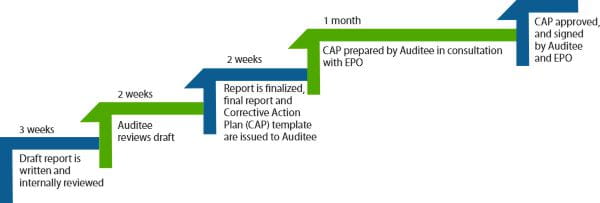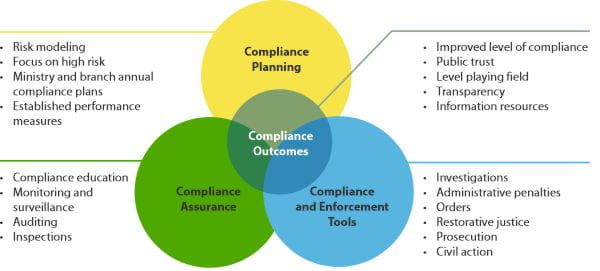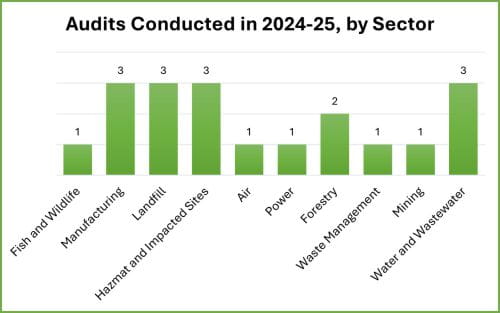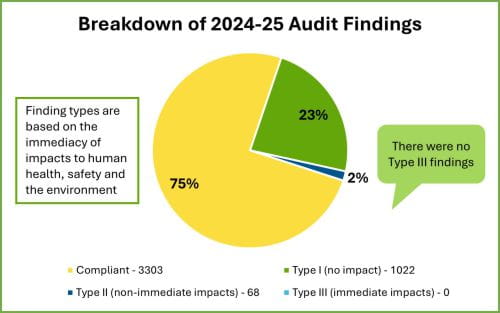Initiating the audit
Audit program staff provide an initiation letter to the auditee several weeks in advance of an audit. This is done to:
- inform the organization of the audit;
- establish a communication process;
- confirm the date and time of the audit;
- identify the audit objectives, scope and criteria;
- indicate topics the audit will cover; and
- note the option for audit relief.
Note: The Compliance Audit Program may also conduct an audit on information which has been previously submitted to the ministry without notification to the auditees.
Audit planning
After the audit is initiated, the lead auditor will prepare the audit plan and provide it to the auditee. The audit plan will outline the schedule for the audit, safety considerations and any other audit team requirements. Auditees may be asked to provide information about:
- hours of operation;
- contact information for key personnel;
- required personal protective equipment;
- health and safety training requirements; and
- logistical considerations (e.g. directions to site, meeting room, meals).
Conducting the audit
The audit consists of the following activities:
Opening meeting
The lead auditor facilitates the opening meeting, which takes place at the beginning of the audit. The objective is to:
- introduce the audit team;
- confirm the audit plan and summarize audit activities;
- review roles and responsibilities and confirm communication channels; and
- provide an opportunity for the auditee to ask questions.
Collect audit information and assess compliance
The audit team collects information by touring the facility, reviewing records and documents, and interviewing personnel. The audit team may take photos/videos, or scan relevant documents and records. The audit team determines whether or not the auditee is compliant based on the information collected.
*Note: the onus is upon the auditee to demonstrate compliance with regulatory requirements.
Daily Debriefs
At the end of each audit day, the audit team will hold a meeting with auditee representative(s) to discuss areas of potential non-compliance. The audit team will present what they found that day and where they require additional information. These informal discussions allow the auditee to find information to present to the audit team to demonstrate compliance.
Closing meeting
The closing meeting takes place at the end of the audit to provide preliminary findings and conclusions to the auditees, and to explain the rationale for these findings. Personnel in the auditee organization responsible for corrective actions and/or approving corrective actions are encouraged to attend this meeting.
Post-audit
The diagram below outlines the process for reporting the audit findings and preparing the corrective action plan. The lead auditor works with the auditee and ministry staff to ensure voluntary compliance is achieved.





